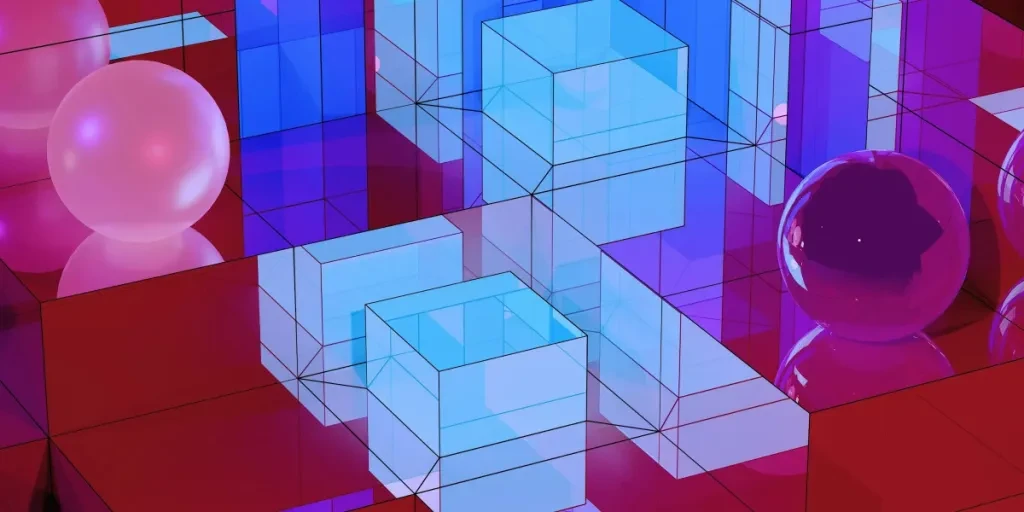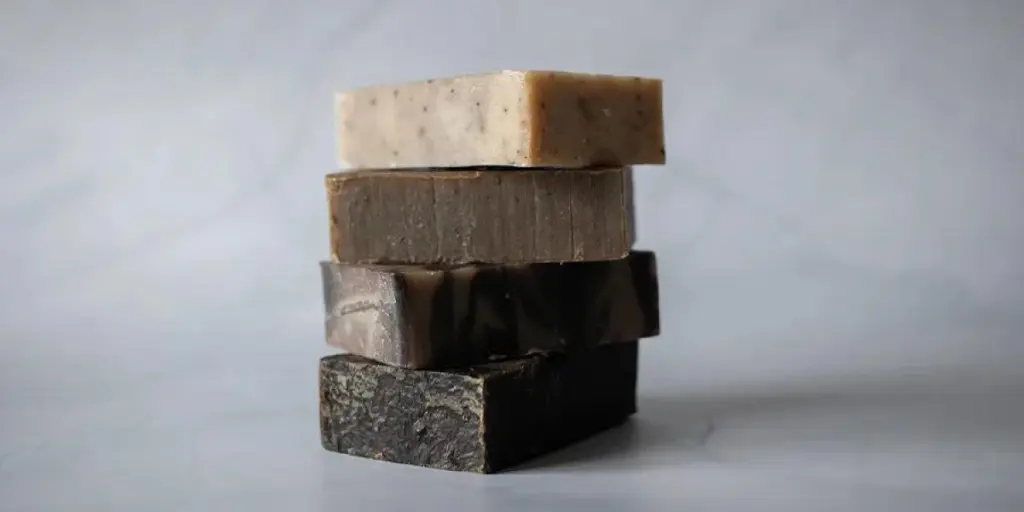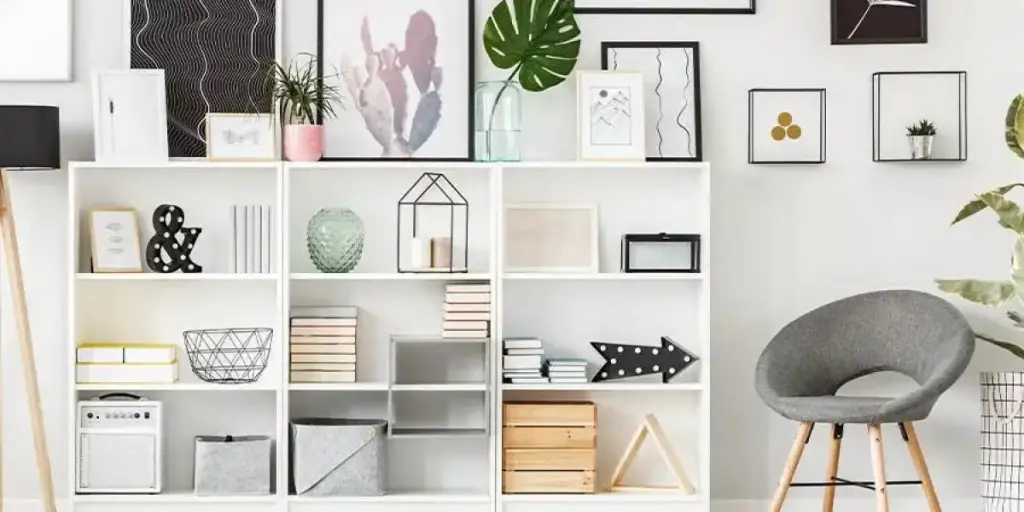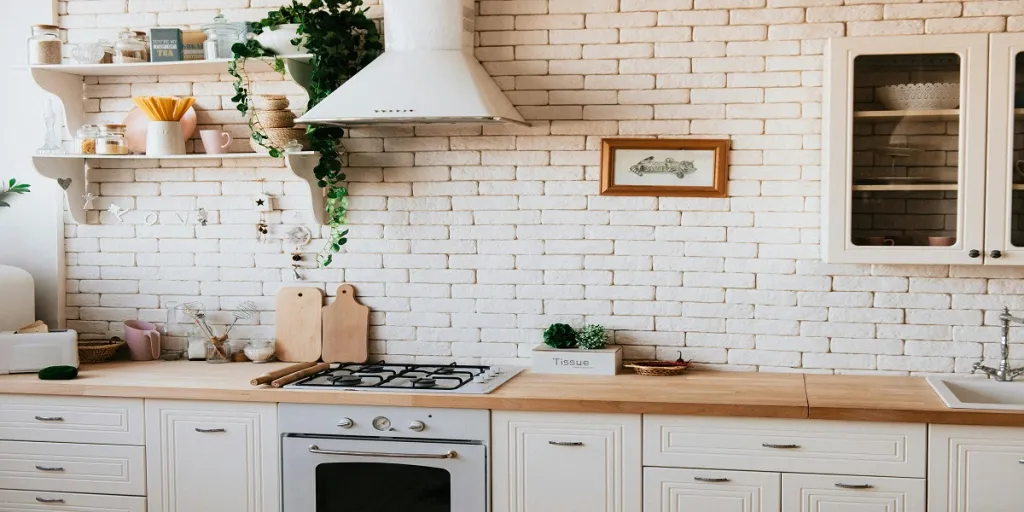Over the last few years, the world of design and visual arts has entered a new era which took on the name of Digitopia: The exploration of otherworldly aesthetics and new possibilities, inspired by the rise of artificial intelligence, virtual worlds and a growing focus on creativity and reducing waste.
Artificial intelligence (AI) has forever changed how people perceive the world and heavily influenced home décor ideas designers put out there. Consumers are looking for items for their houses and apartments that mix technology and creativity and turn surrealism into beautiful home accessories.
2025 will see new home decor trends for products and spaces that dissolve the boundaries between fantasy and reality, stimulate innovation, and use materials that keep our planet clean while reducing waste.
Table of Contents
The impact of AI on interior design
Home décor ideas for 2025
Living multicolor
Light, shadow, and transparency
Tactile interest
Between new and classic
Final thoughts
The impact of AI on interior design
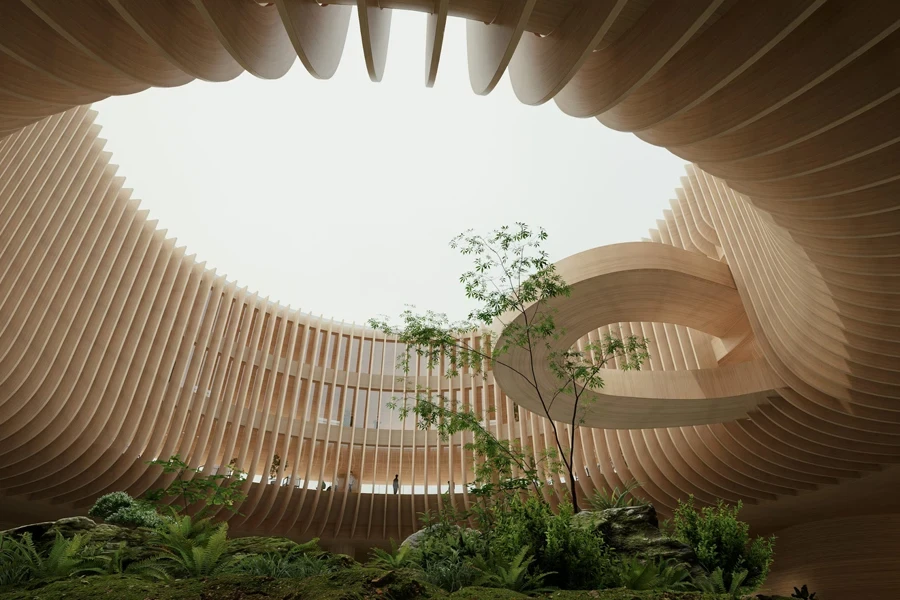
Decorating a home requires great creativity, taste, and patience. Both designers and homeowners may have a vision in their heads, but often, it involves a lot of time and challenges to execute it.
The advent of artificial intelligence (AI) has completely changed the way professionals do their work and made it easier for anyone to access high-quality, personalized design and home décor ideas. It also helped create new styles and items.
AI-powered design tools are a great resource for anyone who needs to visualize their design ideas and understand how different elements fit into a space, as they can provide personalized design recommendations based on everyone’s preferences and style.
With machine learning capabilities, AI technology can identify personal tastes and evolving trends in colors, style, and furniture layout, and it’s also used to understand better what your project might look like.
Home décor ideas for 2025
Interior design for 2025 focuses on an innovative mix of creativity and functionality, proposing ideas that transform spaces into sensory experiences. Among the main emerging trends are decorations with bright colors and unusual shapes, ideal for adding a touch of liveliness and personality to each room.
Accessories visually enrich the environment and are designed to respond to practical needs, combining aesthetics and utility in a surprising way.
Living in multicolor
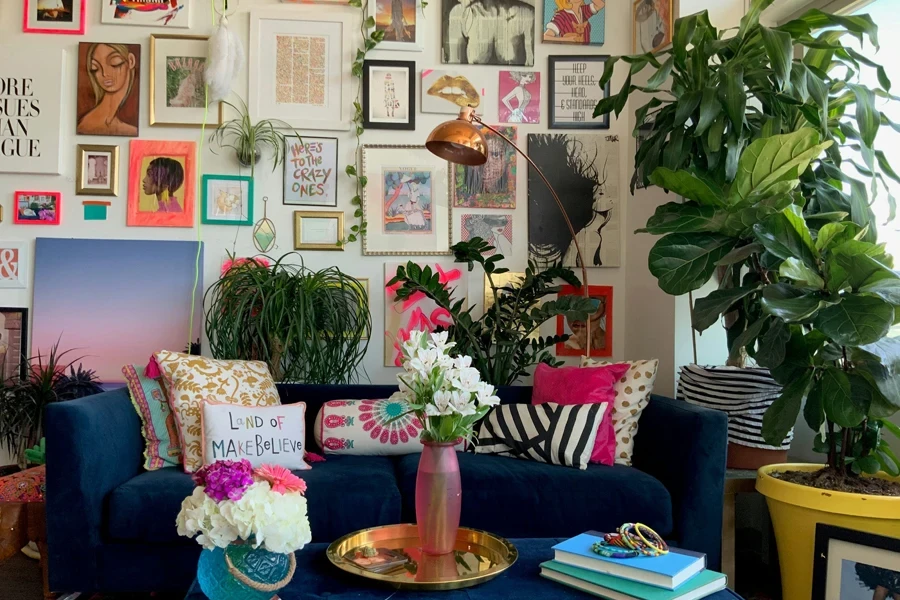
In 2025, colors will be the biggest inspiration for home decoration and will be featured in many different ways.
Consumers are looking for cartoonish décor items that recall childhood and positive emotions and evoke smiles and fun when looking at them, especially for their summer interiors. Bright colors and interesting shapes make these pieces stand out, bringing joy to homes and a playful touch to a living room or kitchen.
Playful color schemes are at the center of another trend for spring/summer 2025: color gradients that feature a masterful use of different pastel shades on the surfaces of the products. This aesthetic direction gives lightness and freshness to indoor and outdoor decor objects, making them perfect for the season and attracting consumers looking for color novelties.
Both these 2025 home décor ideas work great on glass, ceramic, metal, and porcelain surfaces with iridescent and ombré effects, such as rainbow shades, translucent or opaque textures, enamel, and glossy, which can be mixed to create visual contrasts.
Light, shadow, and transparency
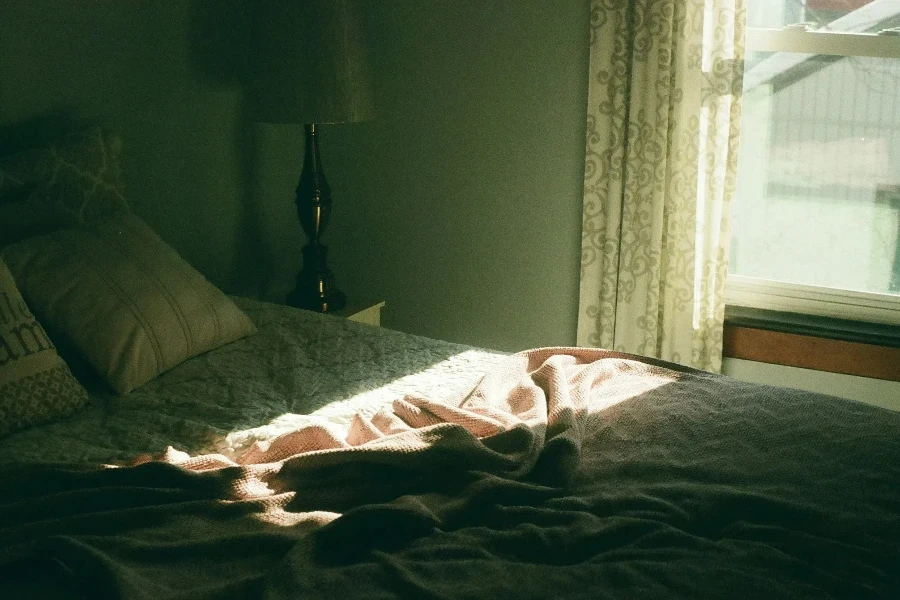
Light is another protagonist of 2025: the transition from light to shadow and the contrast between transparency and density are central elements of this trend. Playing with these aspects allows for unique visual effects that enrich wall décor, vases, and even entire spaces.
This play between light and dark can generate surprising details and unexpected patterns that interior designers use more often to create interesting, multidimensional rooms.
For example, perforations in the outer shell of lanterns and candle holders create intriguing plays of light, while materials such as frosted, transparent, or slightly colored glass, combined with cold metals, stones, and clean lines, create charming optical illusions.
Tactile interest
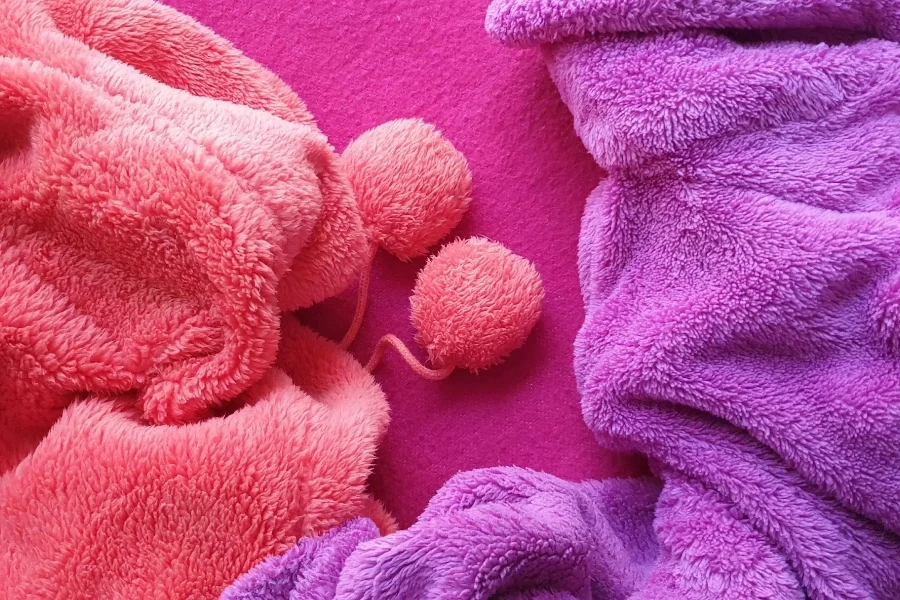
The new concept of Digitopia emphasizes tactility, exploring multiple ways of interpreting surfaces that find their place in many design styles. People are paying more attention to what home accessories feel like and not only look like. In 2025, clients will look online and in stores for materials and surfaces with textures ranging from soft and velvety to ribbing, quilting, tufting, and pleats.
Investing in objects such as ceramics, glass, or metals that convey a soft impression and may have dry or powder coatings that add another dimension is suggested for hard surfaces. Inspired by volcanic materials, raw textures are another key element, giving the products a unique visual and tactile depth to a bathroom, home office or dining room.
Between new and classic
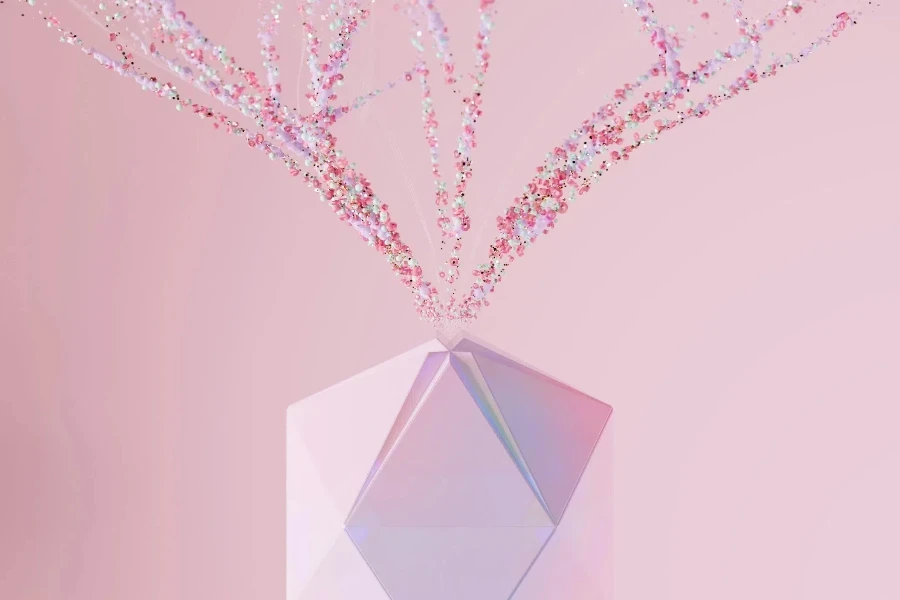
AI opens up endless solutions for future products and new creative possibilities and gives new life to past interior design trends and architectural design styles.
Perforated, laser-cut, faceted, or woven objects have a digital complexity, which can be real or virtual, 3D-printed, or designed by humans or AI. Layered lattice or lace-like structures give products a decorative yet high-tech aesthetic, combining tradition and innovation.
Manufacturers leverage AI to develop high-precision mathematical patterns via digital 3D printing and, in parallel, explore artisanal techniques that mimic this intricate digital aesthetic, such as Japanese origami (paper-cutting, folding, and layering).
Another of the main home décor ideas is incorporating classical friezes and arches in a space as signature design elements, drawing inspiration from Roman and Greek architecture, including amphora-style vases, picture frames, column-shaped candelabras, and monolithic bookends.
Final thoughts
2025 introduces new design and home decor ideas reflecting a perfect synthesis of technology, aesthetics, and sustainability. Adopting these trends means embracing a lifestyle that values beauty, comfort, and respect for the environment.
The creative possibilities offered by artificial intelligence and innovative materials pave the way for truly cutting-edge decor items consumers seek.
